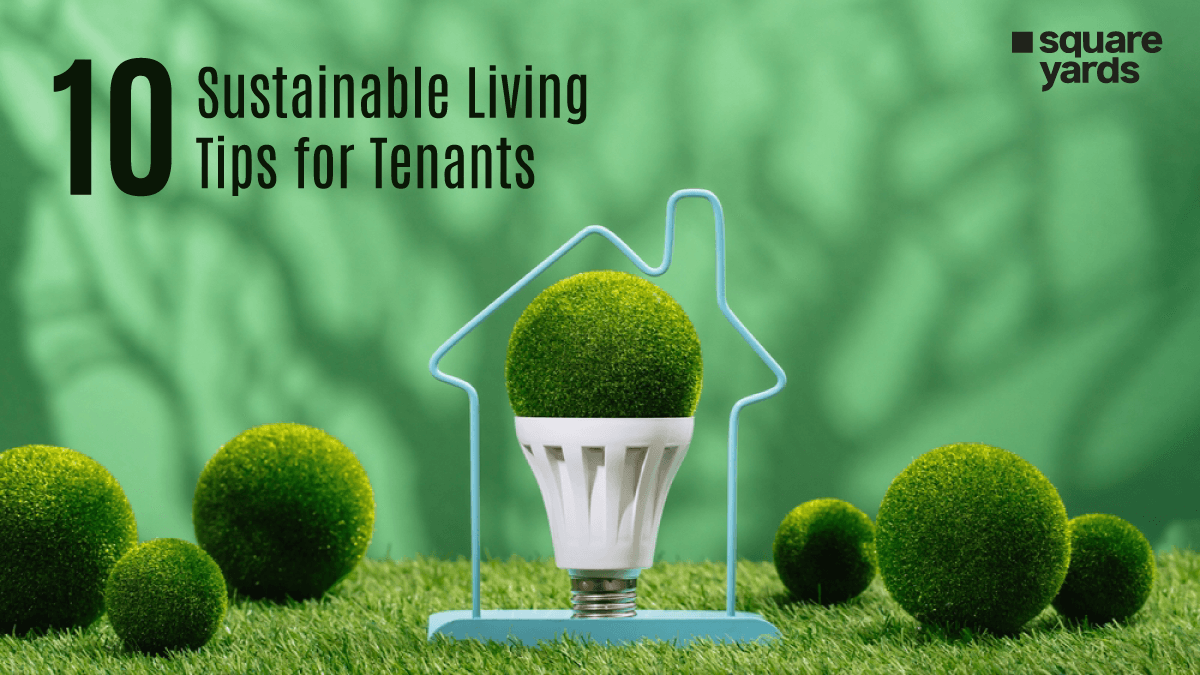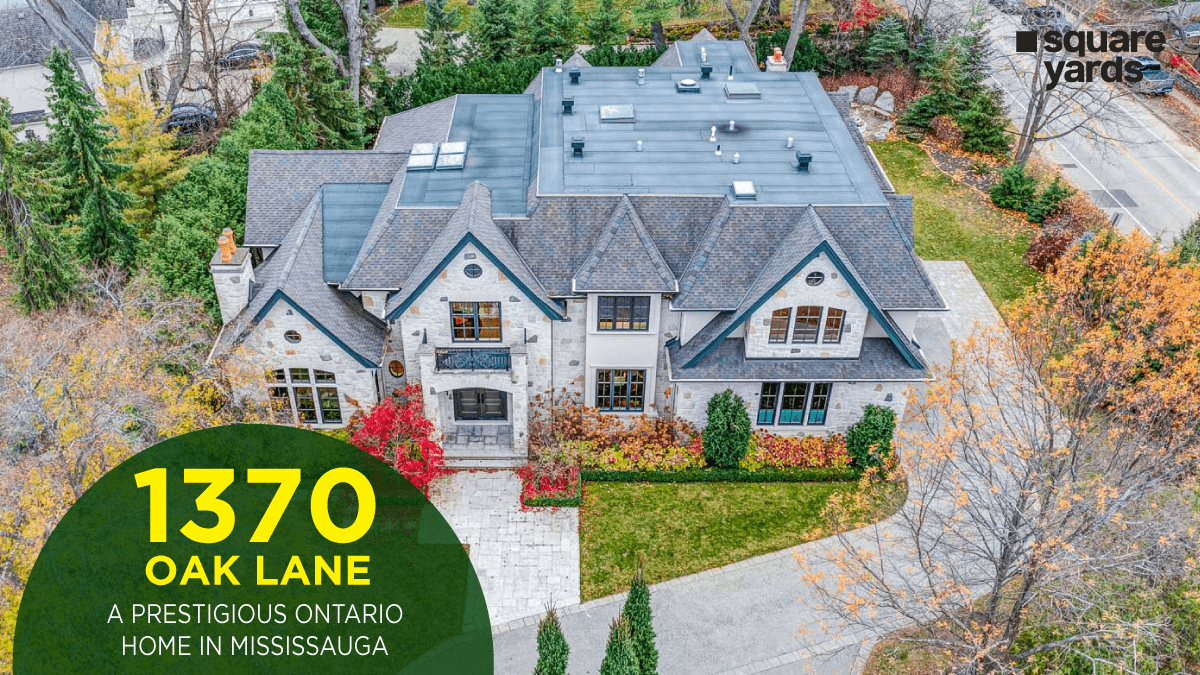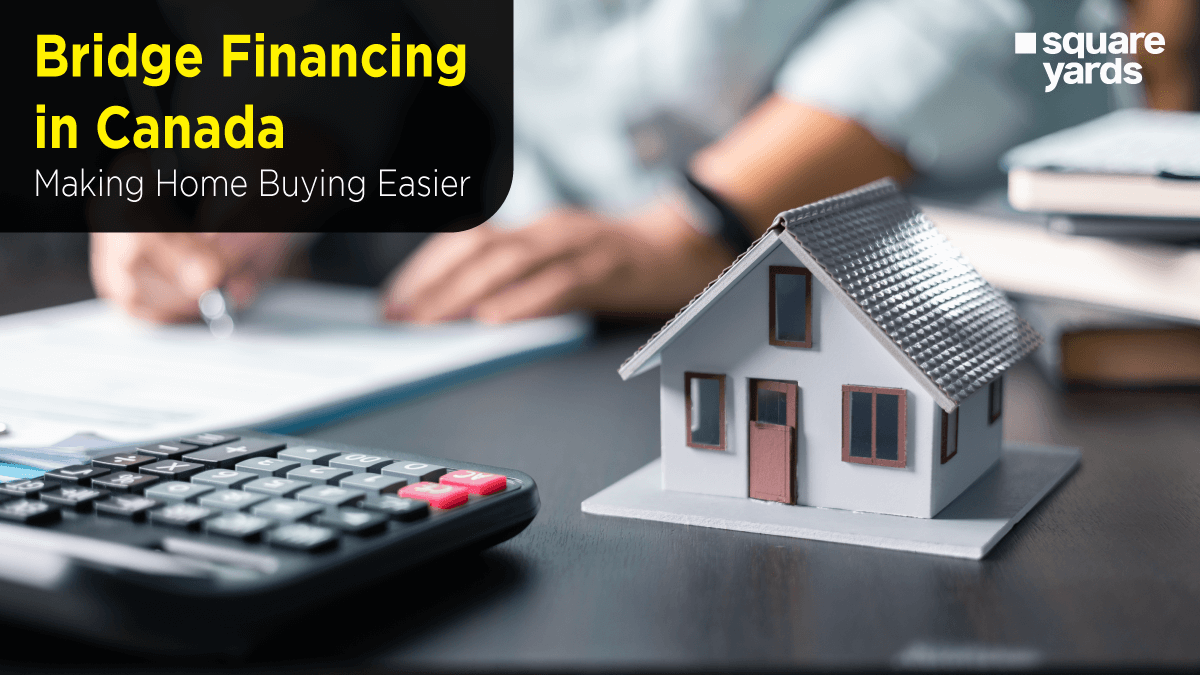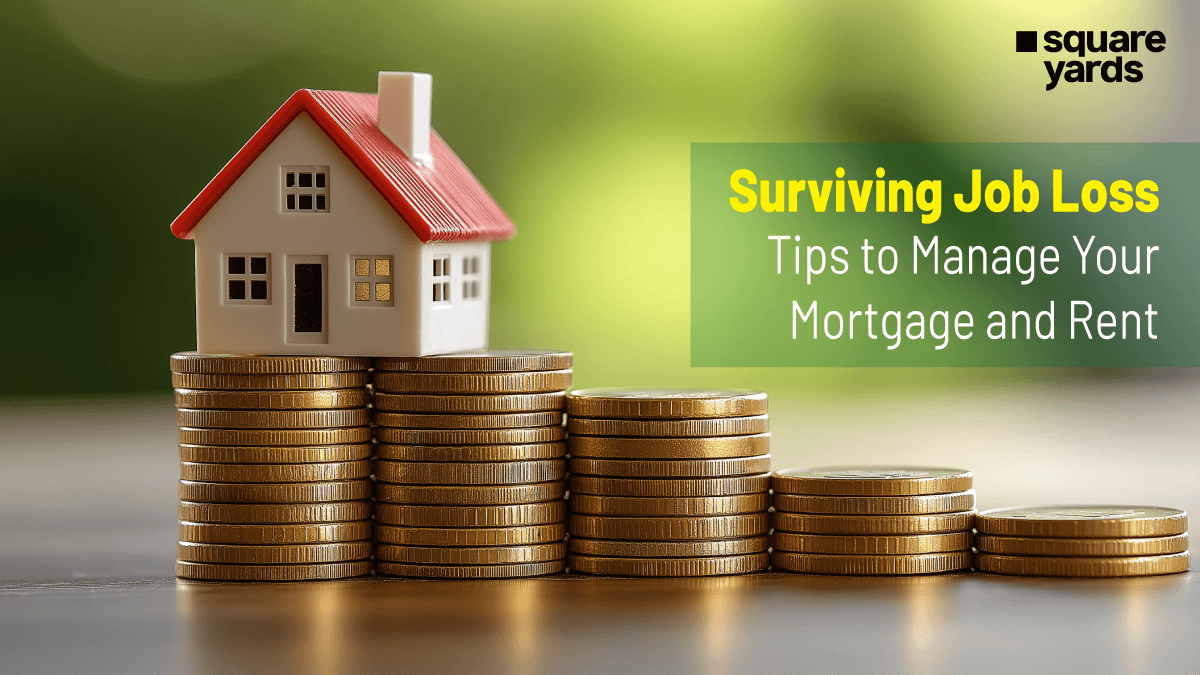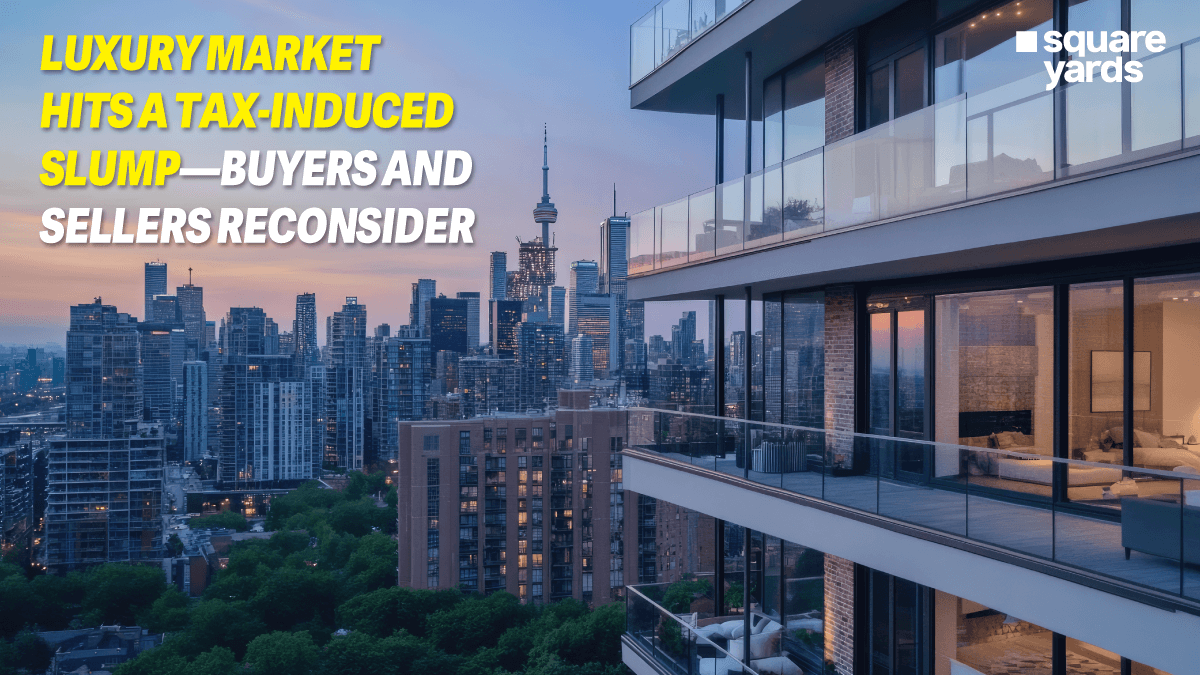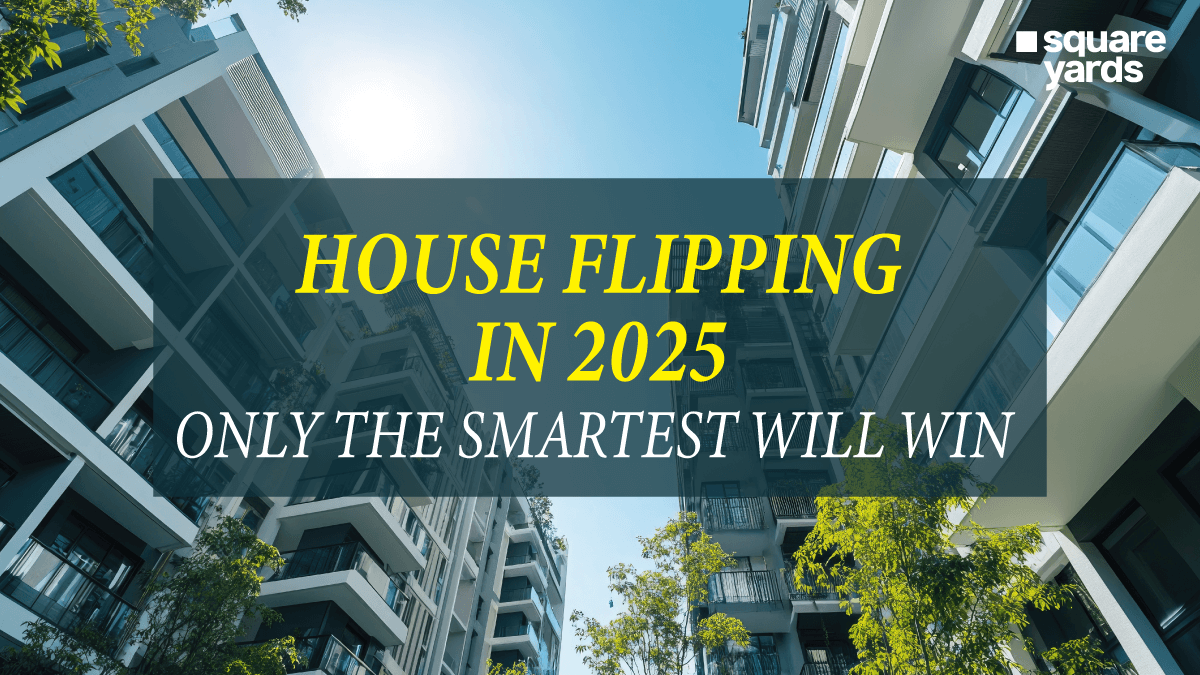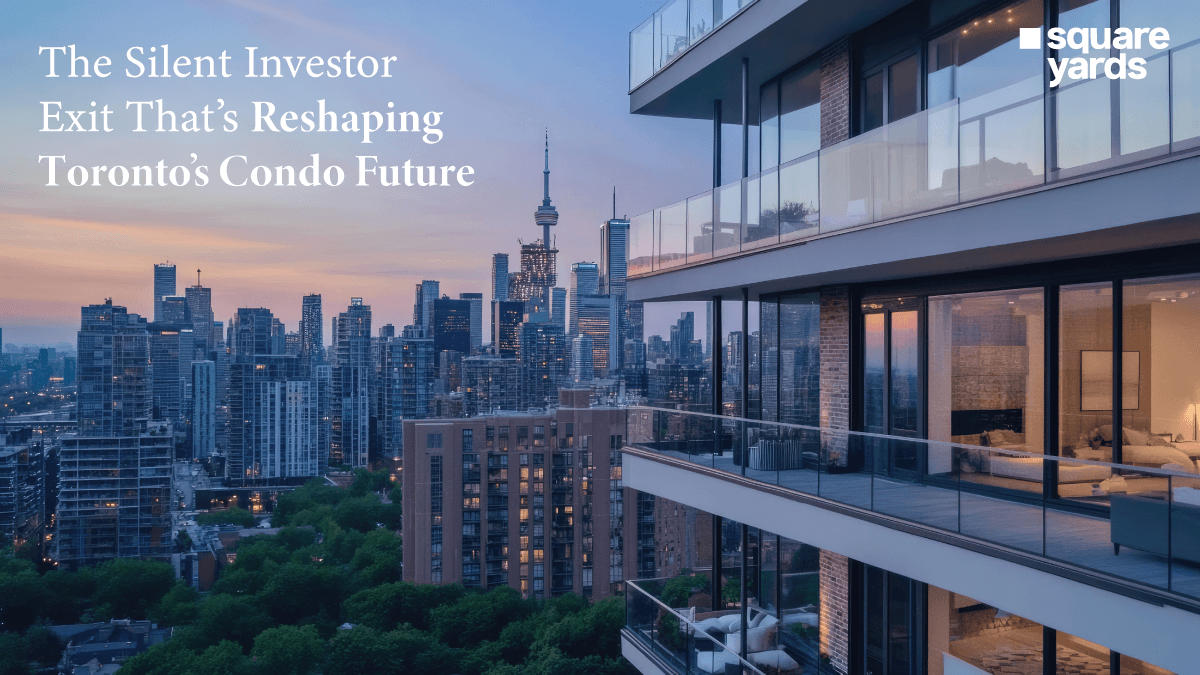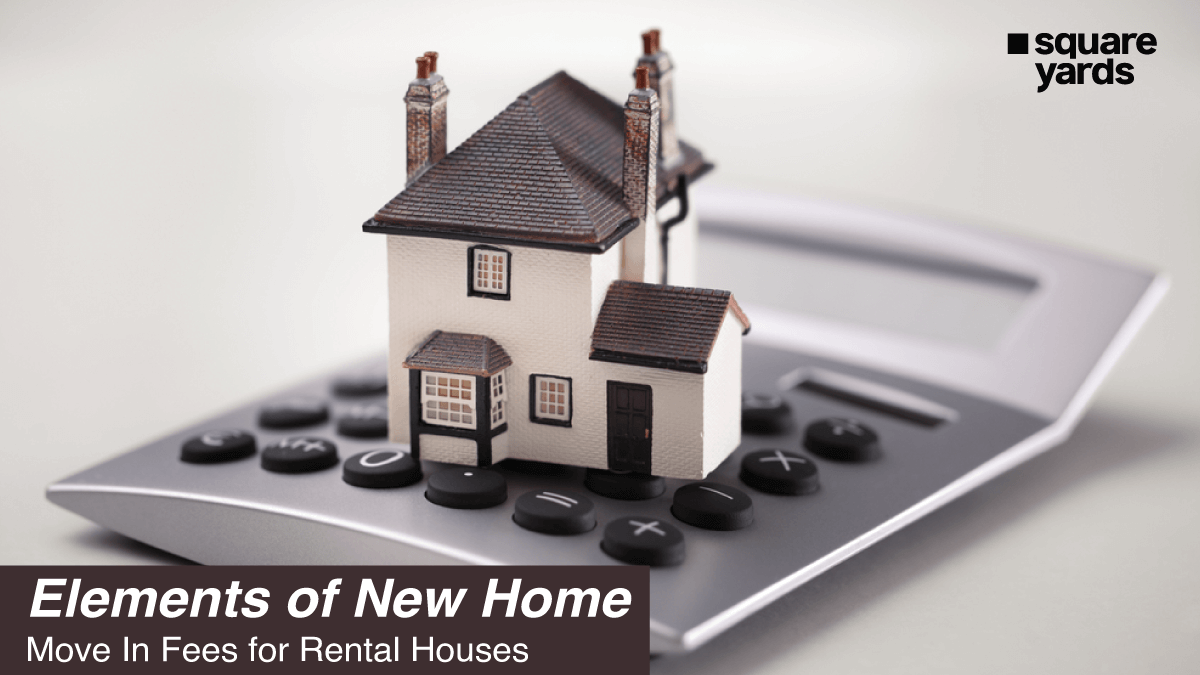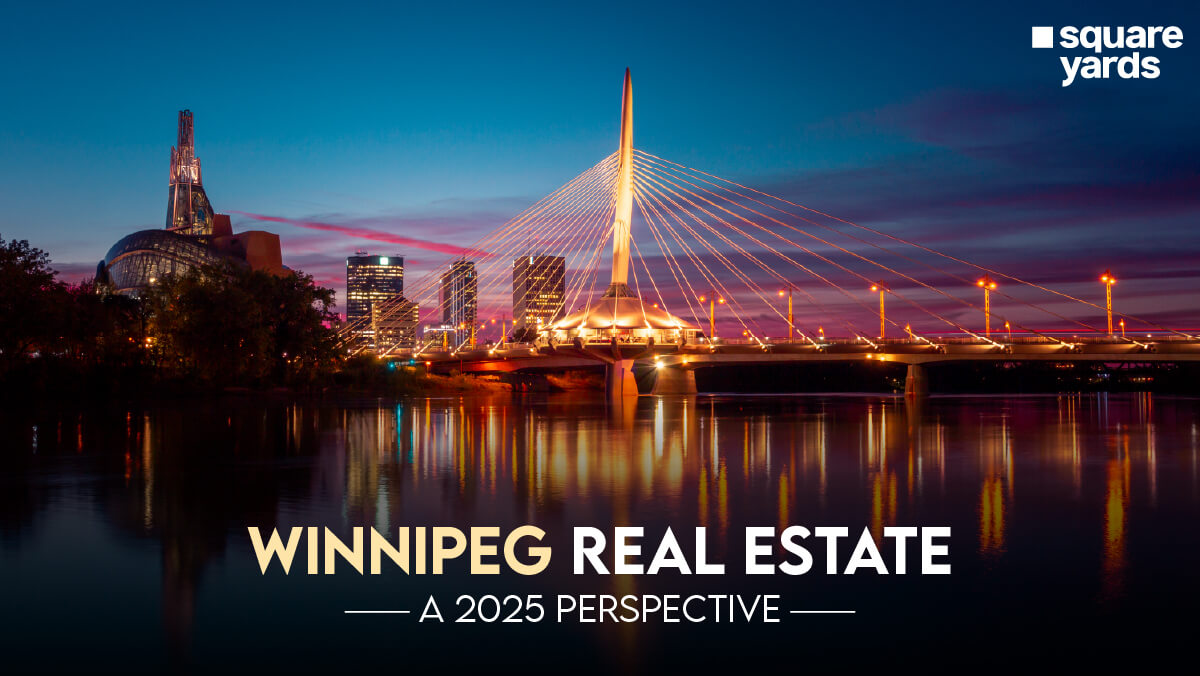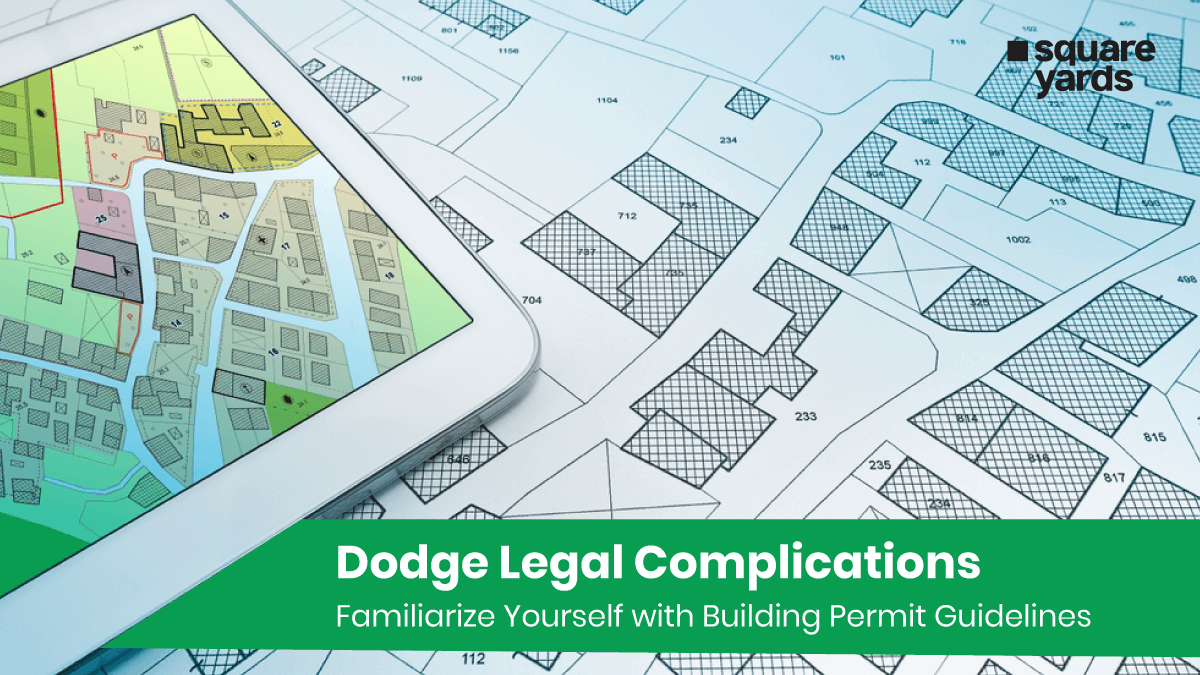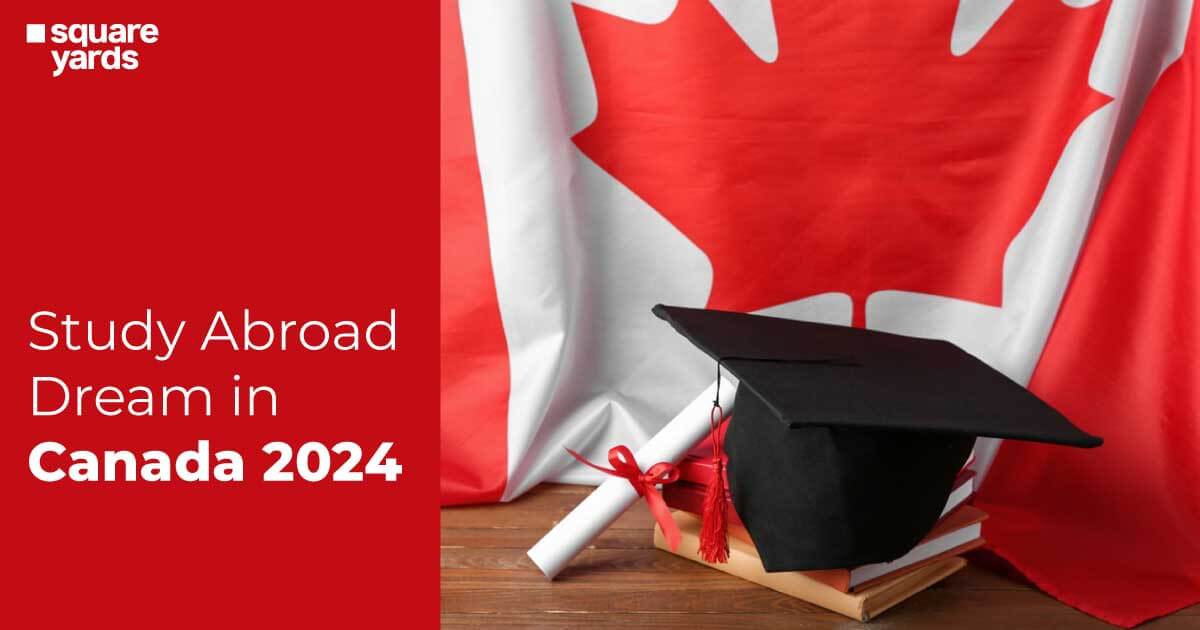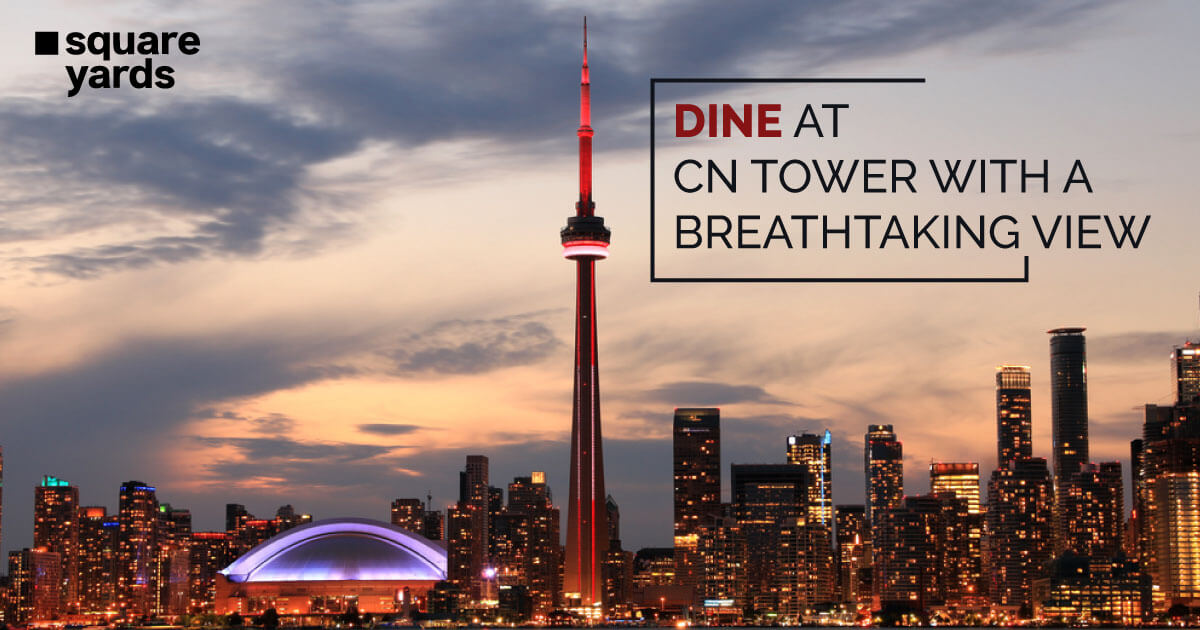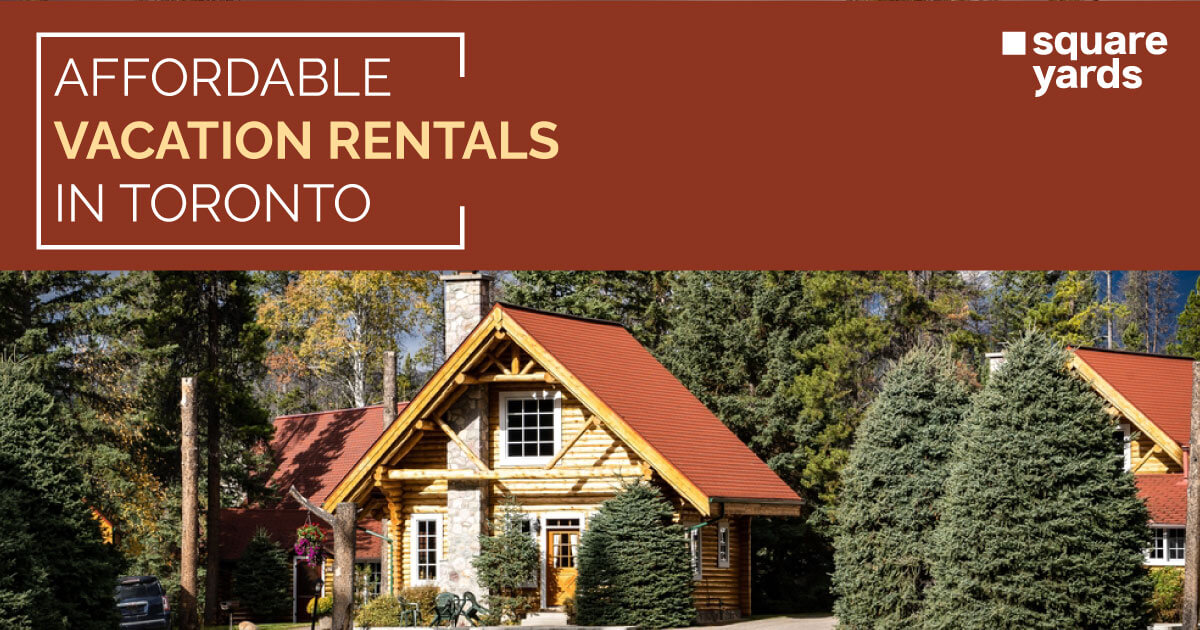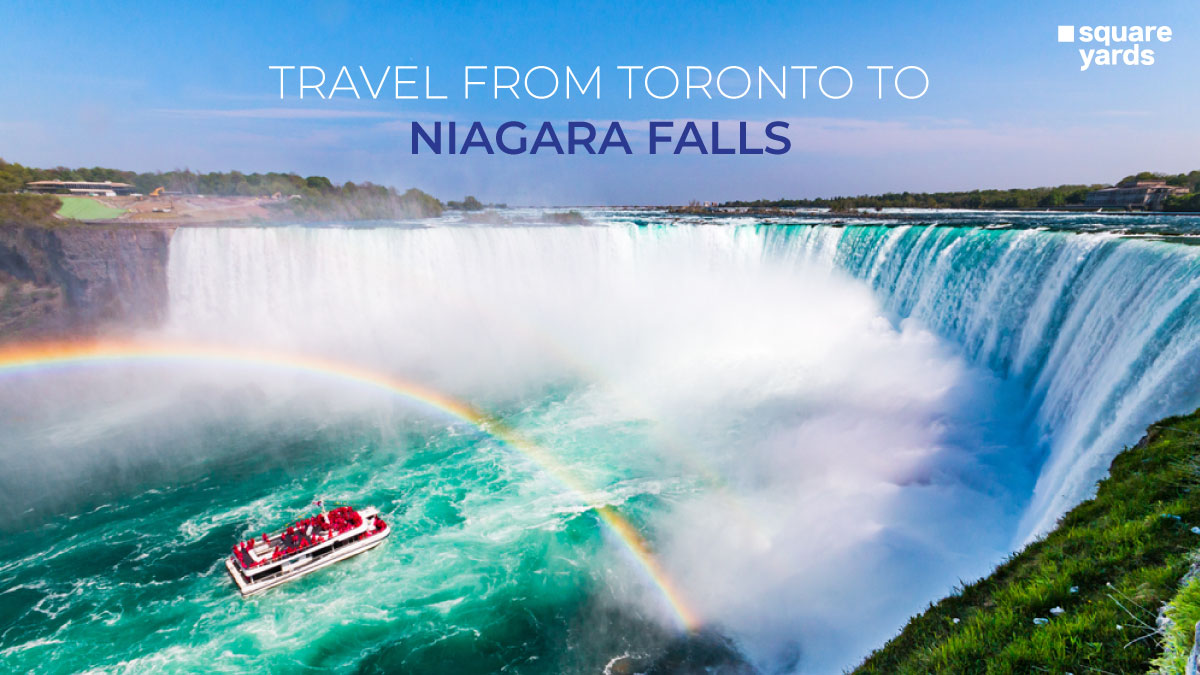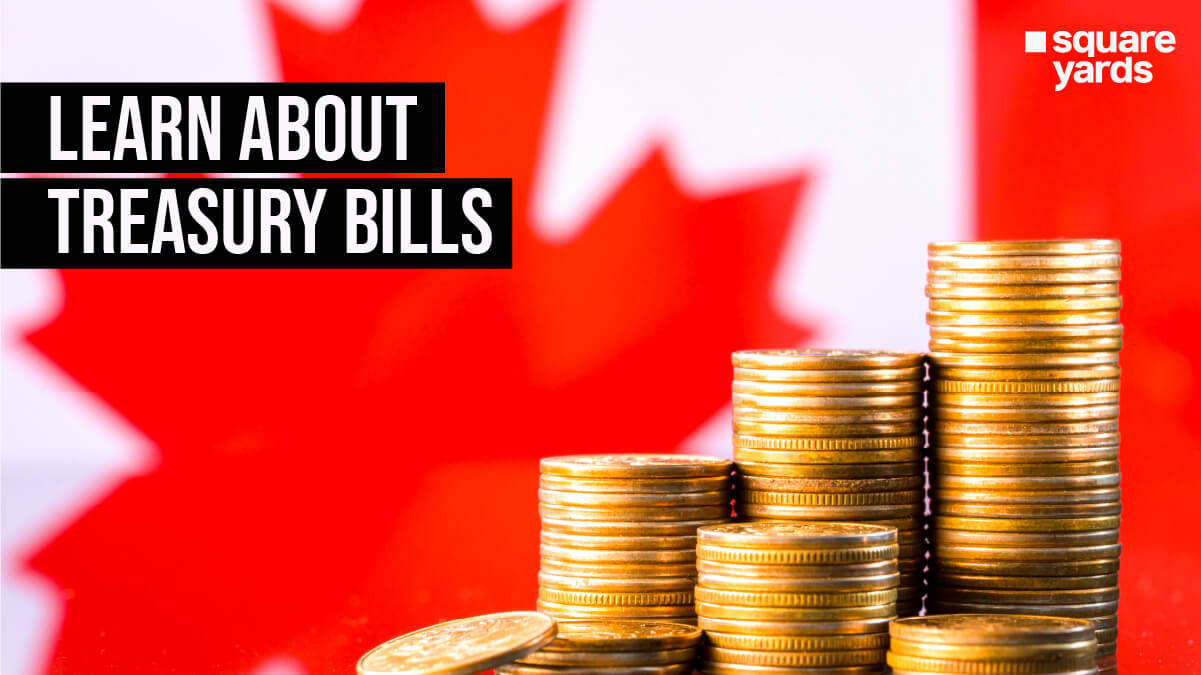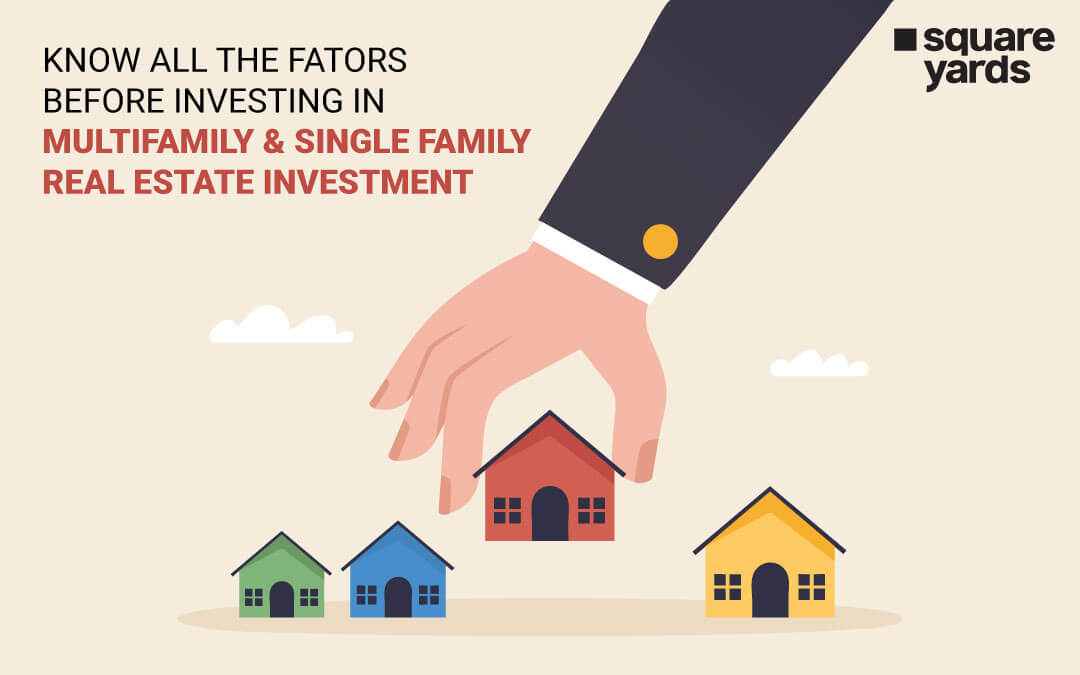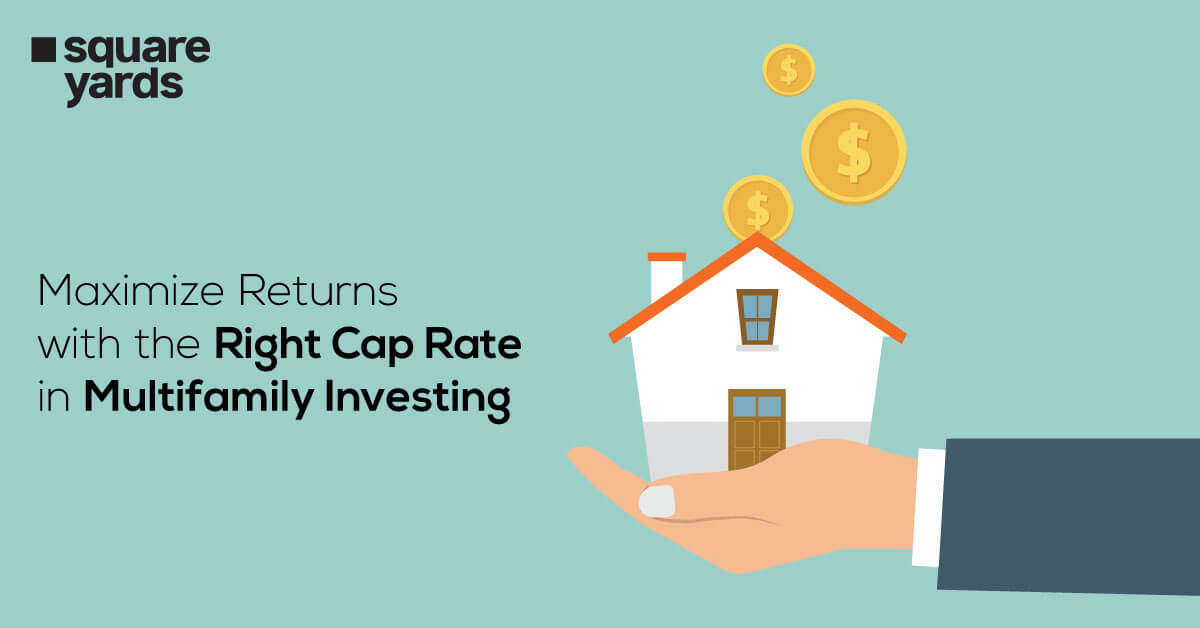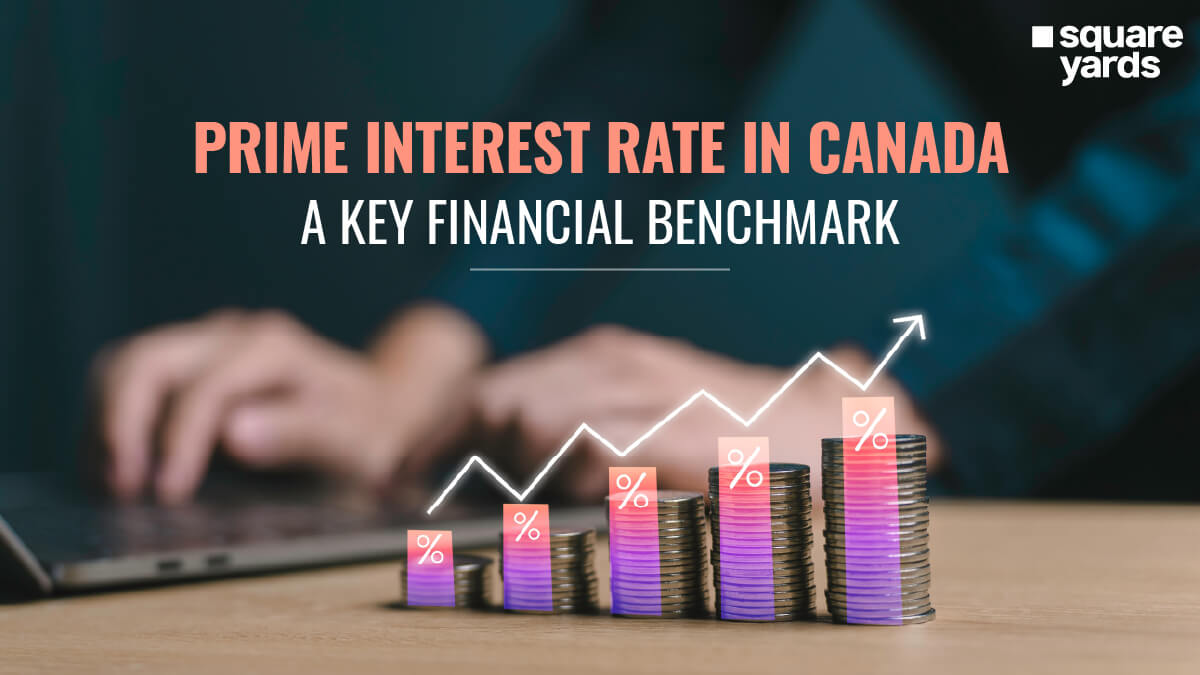Sustainable living achieves two big milestones – reduced bills and a modern lifestyle. It minimises resource wastage to ensure a larger positive impact on the environment. Landlords typically find it easy to incorporate green living house features into their properties due to the ownership they enjoy. However, with the strides made by technology, sustainable living today is just as accessible to tenants.
The choices range from big-scale investments to smaller everyday changes. There are portable eco-friendly appliances that can swiftly reduce energy consumption and conscious daily habits that can quietly do the job. Slow methods that show results over time and quick hacks that make an impact almost instantly.
Depending upon the comfort and access available to a tenant, various green living practices can be adopted. These safeguard the environment, improve health, and save money on bills. In this blog, we look at 10 best tips to achieve sustainable living for house rentals. Read on to find simple yet effective measures to benefit you and the planet alike.
Best Practices to Ensure Eco-Friendly Houses For Tenants
From tech enhancements to lifestyle changes, here are 10 practical tips for ensuring an eco-friendly house for tenants.
Adapt to Smart Home Technologies
Smart home technologies use interconnected devices to automate housing functions. Popular devices include temperature-adjusting smart thermostats, motion-based lighting, and more. These devices ensure efficient utilisation of energy without any wastage.
While tenants may not be able to switch heavy appliances like air conditioners and heaters, numerous plug-and-play smart home devices are available in the market. Other than minimising energy consumption, they also add a touch of elegance to the house.
Save Money With Energy Efficient Appliances
Appliances like LED lighting, Energy Star-rated refrigerators, and low-energy microwaves use less power than conventional devices. This translates to a beneficial environmental impact and lower bills. It is a desirable practice for renters to prioritise energy efficiency, especially for appliances that are likely to be brought in by them. These can include dryers, air purifiers, coffee makers, and others. Switching to energy-efficient appliances can go a long way in moving towards eco-green living.
Use Eco-Friendly Materials
Another way to create a green living house for tenants is by utilising non-toxic materials. Switching from chemical to plant-based home products can also help achieve a sustainable lifestyle for house rentals. Food wraps, shampoo bars, cleaners, and sustainable furniture are some prompt replacements that tenants can make. Everyday items like baking soda, vinegar, and lemon can also be used as effective cleansers. Using such alternatives minimises plastic consumption and ensures better health.
Recycle Actively
Tenants can go about recycling in two ways. The first is to check with the landlord about existing recycling facilities. The second involves actively creating new recycling measures. Tenants with large outdoor areas can set up compost spots. The practice of waste segregation helps separate recyclable materials from regular waste. This ultimately reduces landfill accumulation and conserves resources. Using alternatives to single-use plastic, like jute bags and stainless steel containers, can also make impactful contributions.
Choose The Right Location
The location of a rental home greatly influences its environmental impact. Opting for a property near public transportation, bike paths, and walkable amenities minimises the overuse of personal vehicles. By choosing a location that supports alternative transit options, daily commutes become more environmentally friendly and contribute to green living.
Prefer Sustainable Landscaping
Opting for native plantations for your house rental can improve soil quality, reduce water consumption, and minimise reliance on chemical fertilisers. A sustainable practice could be using local and indigenous plant species in the lawn. These are more resilient to regional conditions, reducing the need for fertilisers, pesticides, and excessive watering. Besides promoting green living, eco-friendly landscaping can also add to the aesthetic value of a property.
Using Eco-Friendly Insulation
Insulated properties consume less energy by retaining temperature. Homes stay cool during the summers and warm during the winters, reducing reliance on external appliances. While there are multiple ways to insulate a property, the focus must be on using sustainable materials that support green living. These include recycled denim, cotton, cork, sheep’s wool, and others. Energy-efficient windows can be another useful addition to building eco-friendly houses for tenants.
Water Consumption
Water consumption has a chain effect. Less utilisation means less strain on water treatment facilities, reduced energy consumption, and lower greenhouse gas emissions. Tenants can use showerheads, faucets, and low-flow toilets to minimise water wastage. Switching to these can contribute to positive lifestyle changes, like shorter baths, efficient dishwashing, and more. Further, fixing leakages and practising rainwater harvesting can ensure green living in rental properties.
Maximise Natural Light
A simple solution to achieving green living is to make maximum use of natural light. Tenants with access to open surroundings can draw their curtain blinds more often. Letting sunlight in during the day can result in much brighter interiors and lower electricity consumption. Beyond power conservation, natural light can also contribute to physical and psychological well-being.
Prioritise Green Living
A major step towards green living is, in fact, a mental shift. Sustainability must be prioritised in rental properties by consciously pursuing eco-friendly choices. Renters looking for new properties can inform their agents of their preference for green eco-living options. Agents can be instructed to prioritise properties with energy-efficient appliances, compost facilities, and sustainability certifications over others.
Wrapping Up
Green living is a lifestyle choice. Be it new renters or existing ones, it is as accessible as anyone would like it to be. The key lies in being open to possibilities, utilising new technologies and making everyday changes for a larger eco-friendly vision. As tenants make positive changes towards eco-green living, they must not forget to seek due permission from the landlord. The homeowner and the renter must be on the same page while building an eco-friendly house for tenants. Sustainability for tenants is an achievable goal today, and that, too, with more means than one!
Frequently Asked Questions (FAQs)
What is a green home in Canada?
A green home in Canada refers to a house that focuses on sustainable living. A green home is much more energy efficient than a traditional house and makes use of green living measures for favourable environmental impacts.
Can a foreigner opt for house rental in Canada?
Yes, foreigners can comfortably opt for house rentals in Canada by meeting the landlord’s criteria. Foreign tenants are advised to prepare the necessary documents and get acquainted with rental laws.
Which city in Canada has the lowest rent?
Saskatoon, Trois-Rivières, Moncton, Fredericton, and Charlottetown are some cities in Canada that offer affordable house rentals.
Does Canada have high housing rents?
Rental prices vary across the country. Major urban centres such as Toronto, Vancouver, and Montreal typically feature high rents, while smaller cities like Moncton, Saskatoon, and Fredericton offer more affordable rental markets.

